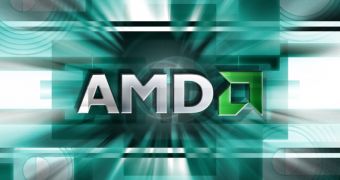Henri Richard, AMD's VP of sales and marketing has recently made an incredible announcement at the Red Hat Summit. Henri Richard stated that AMD would deliver open source graphics drivers. This announcement has been anticipated by some people since last year, when AMD acquired ATI. Even though it was not mentioned when exactly this will happen, AMD' s initiative is welcomed by all Linux users or developers out there who are eager to work on the improvement of the Linux support on graphic drivers.
The first step towards offering free drivers was made by Intel, which has also announced, not long ago, the availability of free drivers for the recently released Intel 965GM Express Chipset mobile graphics controllers. AMD/ATI and NVidia were the only large companies to still offer only closed-source drivers for their cards. Now that AMD announced its intention of opening up the graphic drivers, it is expected that NVidia will follow them and do the same thing.
Even though it was said that NVidia had better binary drivers, the Linux users were facing problems regarding their compatibility and stability. In order to solve them, the Nouveau project was set up, an action which aimed to produce Open Source 3D drivers for the nVidia cards. Without any support from NVidia, the works on the project go pretty slow, and the first working driver is expected to be available by late autumn. For the moment, the 2D drivers are working, but they still deal with plenty of bugs. The Linux drivers support topic has been debated a lot in the past few years, but with little results so far.
Last August, ATI was saying in a statement: "Proprietary, patented optimizations are part of the value we provide to our customers and we have no plans to release these drivers to open source ...In addition, multimedia elements such as content protection must not, by their very nature, be allowed to go open source." . This could mean that AMD will not open source their entire codebase beyond the basic 2D support, but it still represents an important step further, I could say.

 14 DAY TRIAL //
14 DAY TRIAL //